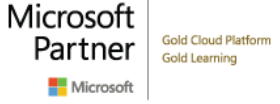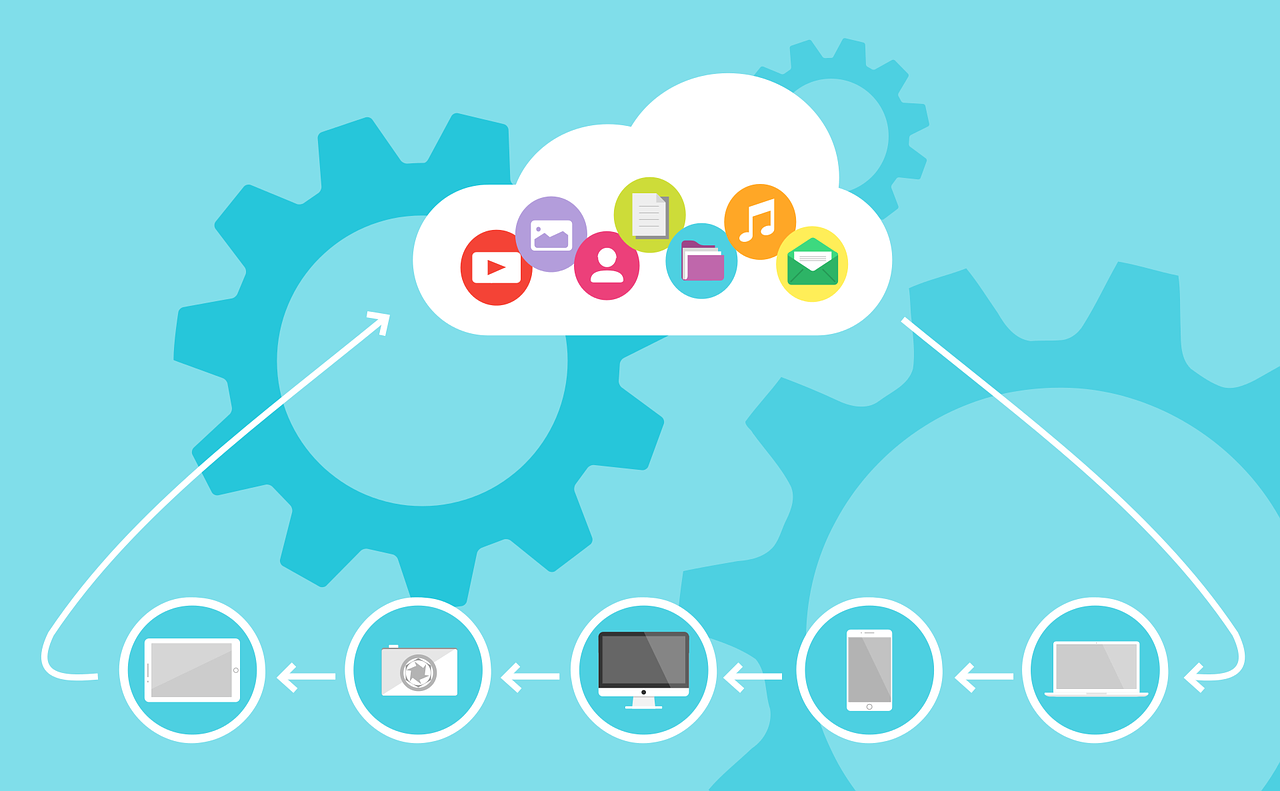Description
- Date: April 05 – 09, 2021 | 11:30 AM – 7:30 PM EST
–(Guaranteed To Run)--8 seats Left. Register Early and secure class
- Date: April 12 – 16, 2021| 8:30 AM – 4:30 PM EST
–(Guaranteed To Run)--8 seats Left. Register Early and secure class
- Date: April 19 – 23, 2021| 9:00 AM – 5:00 PM EST
–(Guaranteed To Run)--11 seats Left. Register Early and secure class
- Date: April 26 – 30, 2021 10:00 AM – 6:00 PM EST–15 seats Left. Register Early and secure class
- Date: May 03 – 07, 2021 | 11:30 AM – 7:30 PM EST–13 seats Left. Register Early and secure class
- Date: May 10 – 14, 2021| 8:30 AM – 4:30 PM PST–15 seats Left. Register Early and secure class
- Date: May 17 – 21, 2021| 8:30 AM – 4:30 PM PST–15 seats Left. Register Early and secure class
These class dates will give a $400.00 Discount if registration is completed before 03/20/2021.
- Delivery Format: Virtual Classroom Live
- Location: ONLINE
Dates are not a fit? Ask about Private Lead Classes for your company teams, with 6 or more employees we will customize training for your organization.
Classroom Live Online Outline
Windows PowerShell
- Overview and Background
- Finding and Running Commands
Cmdlets for administration
- Active Directory administration cmdlets
- Network configuration cmdlets
- Other server administration cmdlets
Working with the Windows PowerShell Pipeline
- Selecting, Sorting, and Measuring Objects
- Exporting, Importing, and Converting Data
- Filtering Objects Out of the Pipeline
- Enumerating Objects in the Pipeline
How the Pipeline Works
- Passing the Pipeline Data
- Advanced Considerations for Pipeline Data
Using PSProviders and PSDrives
- PSProviders and PSDrives
Querying System Information Using WMI and CIM
- Querying Data with WMI/CIM
- Making Changes with WMI/CIM
Working with Variables, Arrays, and Hash Tables
- Using Variables
- Manipulating Arrays and Hash Tables
Basic Scripting
- Introduction to Scripting
- Scripting Constructs
- Importing Data from Files
Advanced Scripting
- Accepting User Input
- Overview of Script Documentation
- Troubleshooting and Error Handling
- Functions and Modules
Administering Remote Computers
- Using Basic Windows PowerShell Remoting
- Using PSSessions
- Using Advanced Remoting Techniques
Using Background Jobs and Scheduled Jobs
- Using Background Jobs
- Using Scheduled Jobs
Using Advanced PowerShell Techniques and Profiles
- Using Advanced PowerShell Techniques
- Creating Profile Scripts
LABS
Configure Windows PowerShell
- Configure the Console Application
- Configure the ISE Application
Find and Run Basic Commands
- Finding commands
- Running commands
- Using the About files
Windows Administration
- Creating and managing Active Directory objects
- Configuring network settings on Windows Server
- Creating a web site
Use the Pipeline
- Select and Sort Data
Filtering Objects Enumerating Objects Sending Output to a File
- Exporting user information to a file
Work with Pipeline Parameter Binding
- Predict Pipeline Behavior
Use PSProviders and PSDrives
- Create a new folder on a remote computer
- Create a registry key for future scripts
- Create a new Active Directory group
- Work with WMI and CIM
- Locate and query information with WMI and CIM
Working with Variables
- Working with variable types
- Using arrays
- Using hash tables
- Using hash tables
Basic Scripting
- Setting a script
- Processing an array with a ForEach loop
- Processing items by using If statements
- Creating a random password
- Creating users based on a CSV file
Accepting Data from Users
- Querying disk information from remote computers
- Updating the script to use alternate credentials
- Documenting a script
Implementing Functions and Modules
- Creating a logging function
- Adding error handling to a script
- Converting a function to a module
Using Basic Remoting
- Enabling remoting on the local computer
- Performing one-to-one remoting
- Performing one-to-many remoting
Using PSSessions
- Using implicit remoting
- Managing multiple computers
Using Background Jobs and Scheduled Jobs
- Starting and managing jobs
- Creating a scheduled job
Practicing Advanced Techniques
- Creating a profile script
- Verifying the validity of an IP address
- Reporting disk information
- Configuring NTFS permissions
- Creating user accounts with passwords from a CSV file





